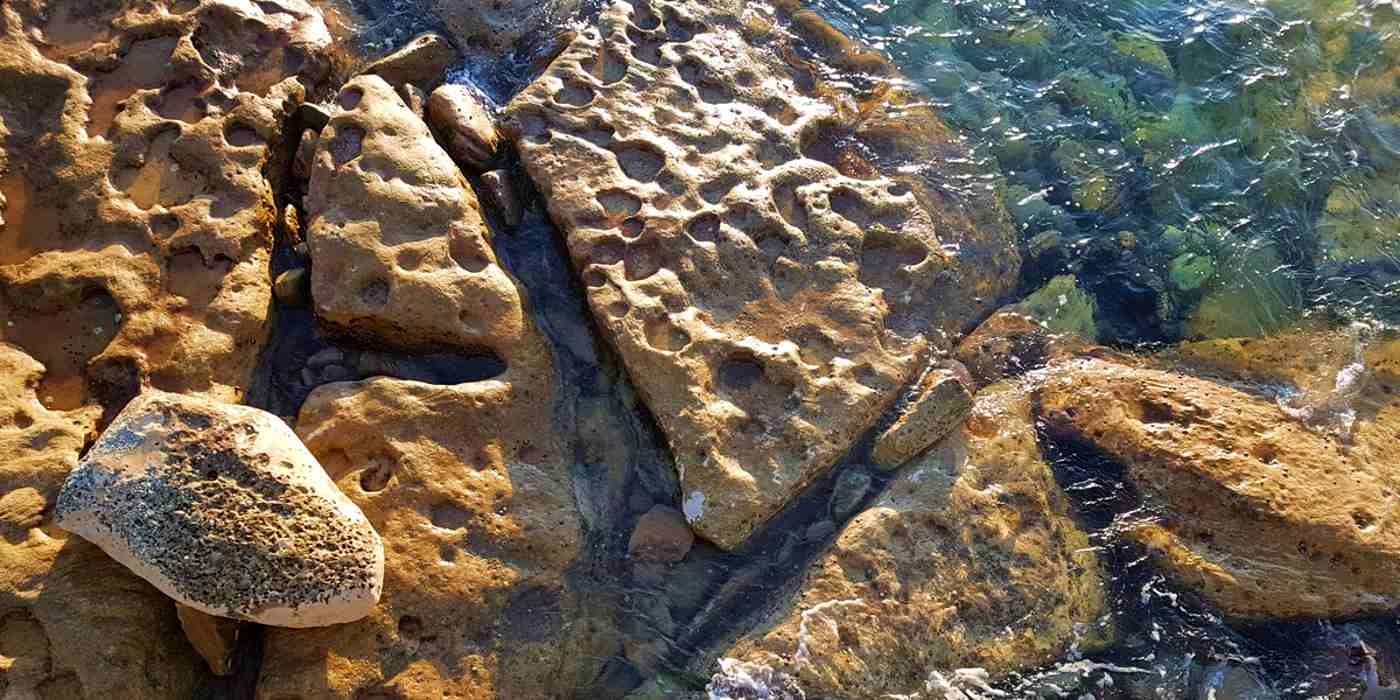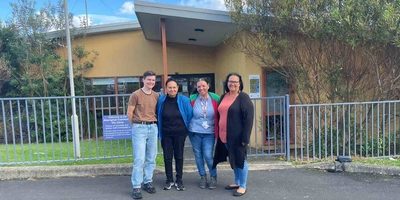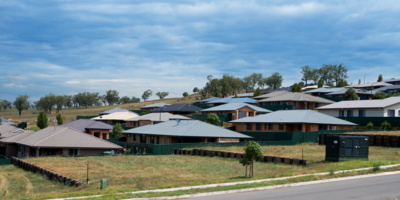
Housing, home and health: Social housing and Aboriginal and Torres Strait Islander people in urban New South Wales
Background
Housing is a social and cultural determinant of health and wellbeing. Housing conditions, housing security and surrounding home environments all impact on people’s health and wellbeing. Aboriginal and Torres Strait Islander people’s wellbeing is supported by housing that meets their physical, social, emotional, cultural and locational needs. Living on Country and close to family and community support, as well as services, are critical factors in supporting wellbeing.
Aboriginal and Torres Strait Islander social housing tenants in urban Sydney are often faced with the experience of living in housing that does not meet their physical, social, emotional, cultural and locational needs. The meanings of home and desired outcomes of tenants are not necessarily known, understood or considered by social housing providers. Additionally, the social housing system is difficult to navigate in instances when tenants wish to address their housing needs, for example, requesting a repair or requesting a transfer to a more suitable property. This leads to Aboriginal and Torres Strait Islander tenants continually experiencing health and wellbeing issues because of unhealthy and/or poorly located housing.
Improving housing outcomes is a community priority voiced by Dharawal and Bidjigal people, Aboriginal health workers, and the La Perouse Aboriginal Community Alliance. The flow on effect of improving housing outcomes is an improvement in health and wellbeing.
Aims
In close partnership with Dharawal and Bidjigal people from the La Perouse Aboriginal community in Sydney, and within an appropriate Aboriginal and Torres Strait Islander governance structure, the study aims to:
- explore meanings of home and desired outcomes of Aboriginal and Torres Strait Islander people living in social housing in urban Sydney, and
- develop a tangible information resource to support Aboriginal and Torres Strait Islander people navigating the social housing system.
For more information on the Housing, home and health study, scroll down the page.
Bundi - A housing tool for mob
A key aim of the Housing, home and health study is the development of an information resource. Bundi - A housing tool for mob is a free housing resource developed with and for Aboriginal and Torres Strait Islander social housing tenants in the South East Sydney area as part of the study. Bundi means tool in the Dharawal language. The name was suggested and endorsed by Dharawal and Bidjigal people guiding the project.
The free housing resource includes five separate pamphlets to support Aboriginal and Torres Strait Islander tenants to navigate the social housing system and address housing issues. The pamphlets are free for anyone to print and use. They are available in colour and black and white versions.
Support Organisations pamphlet
- Outlines eight tenant advocacy and social service organisations that support tenants in the South East Sydney area and their location and contact information
- Indicates what each service does, for example, filling out housing forms or support going to Tribunal, so tenants can make an informed choice when approaching a service
- Indicates Aboriginal-specific services, and in the case of mainstream services indicates whether Aboriginal staff are available
- Indicates public transport routes.
Homes NSW pamphlet
- Outlines contact information for Homes NSW and Aboriginal contact pathways within Homes NSW
- Outlines how to request a repair, for emergencies, urgent repairs and non-urgent repairs, and information about planned works, as well as timeframes for each type of repair, suggested wording for some repairs, and the Homes NSW e-repairs platform
- Outlines escalation processes for Homes NSW including complaints, appeals process, Tribunal or NCAT information and the NSW Ombudsman, as well as contact information for the Sydney/South East Eastern region Aboriginal Housing Office (AHO) for tenants living in AHO properties, have requested a repair Homes NSW, and are experiencing long delays in their housing repairs being addressed
- Outlines what to do if having trouble with a neighbour
Bridge Housing pamphlet
- Outlines contact information
- Outlines how to request a repair, for emergencies, urgent repairs and non-urgent repairs, and information about planned works, as well as timeframes for each type of repair, suggested wording for some repairs, and pathways to Bridge Housing’s online repairs form
- Outlines escalation processes for Bridge Housing including complaints, appeals process, and Tribunal or NCAT information
- Outlines what to do if having trouble with a neighbour
St George Community Housing pamphlet
- Outlines contact information including information on accessing computers at St George Community Housing at their Redfern office
- Outlines how to request a repair, for emergencies, urgent repairs and non-urgent repairs, and information about planned works, as well as timeframes for each type of repair, suggested wording for some repairs, and pathways to St George Community Housing’s online repair forms
- Outlines escalation processes for St George Community Housing including complaints, appeals process, and Tribunal or NCAT information
- Outlines what to do if having trouble with a neighbour
Community Housing Limited pamphlet
- Outlines contact information
- Outlines how to request a repair, for emergencies, urgent repairs and non-urgent repairs, and information about planned works, as well as timeframes for each type of repair and suggested wording for some repairs
- Outlines escalation processes for Community Housing Limited including complaints, appeals process, and Tribunal or NCAT information
How did the resource get developed?
Bundi was developed in close collaboration with Dharawal and Bidjigal people, Aboriginal social housing tenants connected to La Perouse and the South East Sydney area, tenant advocates, social service workers and social housing providers.
The type of resource and the content was determined through yarns and interviews with 63 people, including Aboriginal social housing tenants, tenant advocates, social service workers and social housing providers. Three drafts of the housing resource were developed throughout the process. Dharawal and Bidjigal people, tenant advocates, Aboriginal tenants and social housing staff directly fed into every stage, in an iterative cycle, throughout 2024.
Research Methodology
The project methodology is grounded in an Indigenous research paradigm and research at the interface of Indigenous and Western knowledge systems, known as interface methodology. The project is governed by Dharawal and Bidjigal people, Aboriginal healthcare workers and Aboriginal and Torres Strait Islander researchers.
The methods are:
- A systematic scoping review exploring Aboriginal and Torres Strait Islander peoples’ meanings of home,
- Yarns and interviews with Aboriginal social housing tenants in South East Sydney, tenant support workers and social housing workers, and
- Development of a housing information resource with and for Aboriginal and Torres Strait Islander social housing tenants.
Current Status
As of September 2024, this study is near completion. Yarning and interviews with 63 participants are complete. Analysis of the data, through collective listening with Aboriginal and Torres Strait Islander researchers and storying, is currently underway. We have completed the development of a tangible housing resource to be used by Aboriginal and Torres Strait Islander social housing tenants in South-East Sydney, see information above. A systematic scoping review exploring Aboriginal and Torres Strait Islander peoples’ meanings of home is complete.
Feedback
Please contact Jacek Anderst to provide any feedback about the housing resource or the overall study janderst@georgeinstitute.org.au







